Nakagin Capsule Tower, a Retrofuturistic Construction in the Heart of Tokyo
Built in 1972 by architect Kisho Kurokawa, this modular tower is one of the few buildings of the Metabolist movement to have been completed.
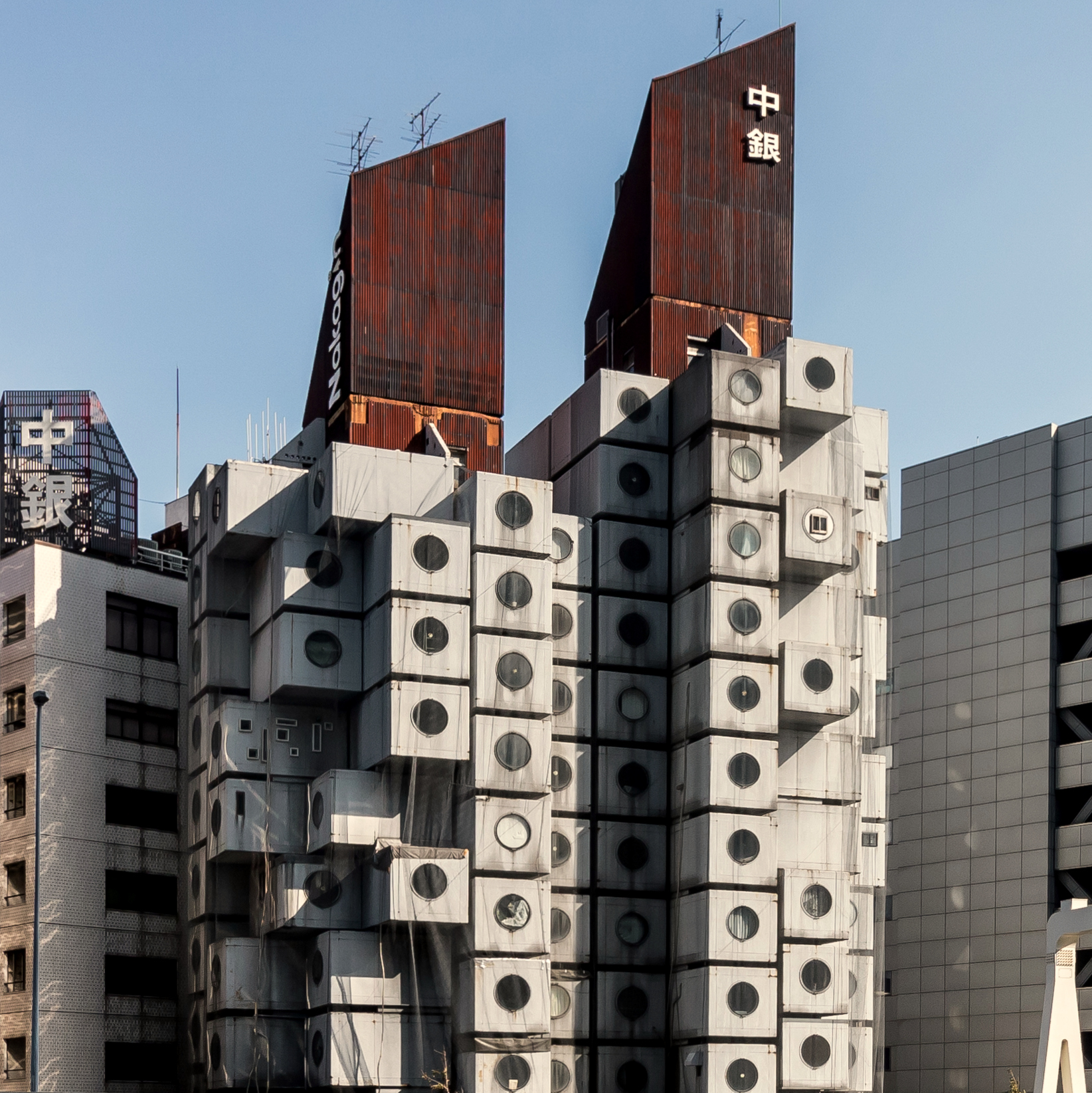
© Kakidai
Located in Tokyo’s Shimbashi district, Nagakin Capsule Tower was designed by renowned architect Kisho Kurokawa, one of the pioneers of the Metabolist movement. This current was initiated in 1959 by Japanese urban planners and architects who shared an organic vision of the growth of cities, as the latter were required to expand exponentially and with flexibility, like cellular organisms.
Nakagin Capsule Tower is one of the few Metabolist buildings to have been completed, designed to adapt to changes in society and meet the needs of its residents thanks to its prefabricated modules. The structure comprises two reinforced concrete towers with 13 floors on which modular capsules are fixed and can be combined, for example to increase the amount of living space.
Residents fighting for its survival
The building was initially admired by many workers who found it offered the comfort of home needed after an intensive working day, as the capsules were set up with the assistance of Sony, who installed audiovisual equipment that was cutting-edge for the time. However, it quickly fell into disrepair through a lack of maintenance.
Renewal of the capsules, which architect Kisho Kurokawa states is necessary every 25 years, is deemed far too expensive. The location of the tower, just next to the chic Ginza district, has attracted property developers for several years now, thus Nakagin Capsule Tower has been under threat of destruction. Those who are passionate about this symbol of the Metabolist movement are fighting this, however, by buying and renovating the capsules to turn them into offices, art galleries, and primary or secondary residences. They also aim to have the building recognised by UNESCO as a cultural object. Tatsuyuki Maeda, owner of several capsules, created a support group in favour of the conservation and refurbishment of the tower in 2014. He also founded Capsule Bank, a free system that puts capsule owners and potential buyers in contact with each other.
Efforts to save Nakagin Capsule Tower, whose buildings do not conform to security standards and risk crumbling with the slightest seismic shock, appear compromised. The last occupants of the capsules are starting to leave as the destruction of the tower in March 2022 now seems to be a foregone conclusion. The legacy of the Metabolist movement and of Kisho Kurokawa may, however, be preserved in museums worldwide because several institutions, including the Centre Pompidou in Paris, have expressed a desire to purchase, renovate, and exhibit one of the tower’s threatened capsules.
More information about Nakagin Capsule Tower can be found on the website for the support group in favour of its preservation.
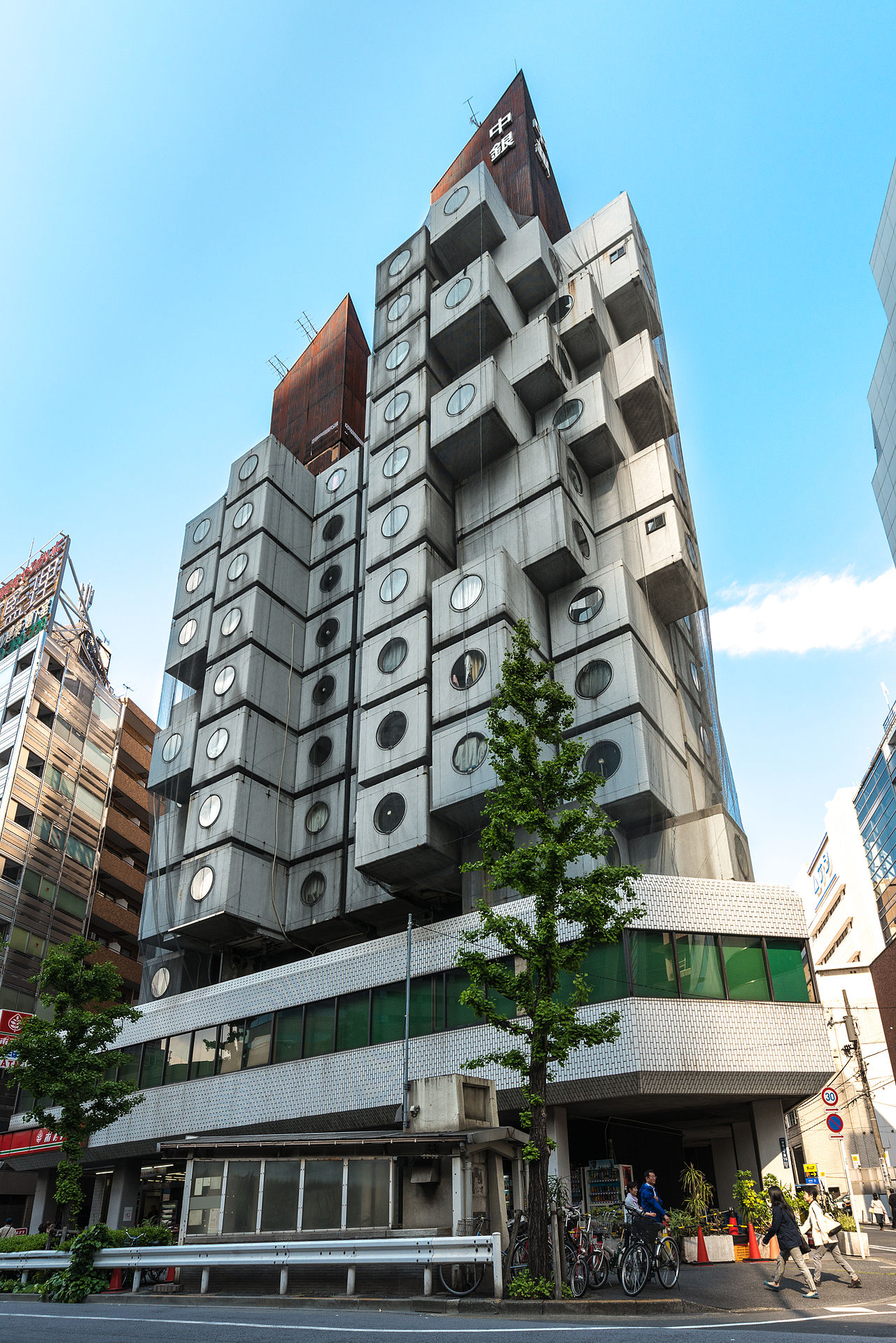
© Jordy Meow

© Nakagin Capsule Tower Preservation and Restoration Project
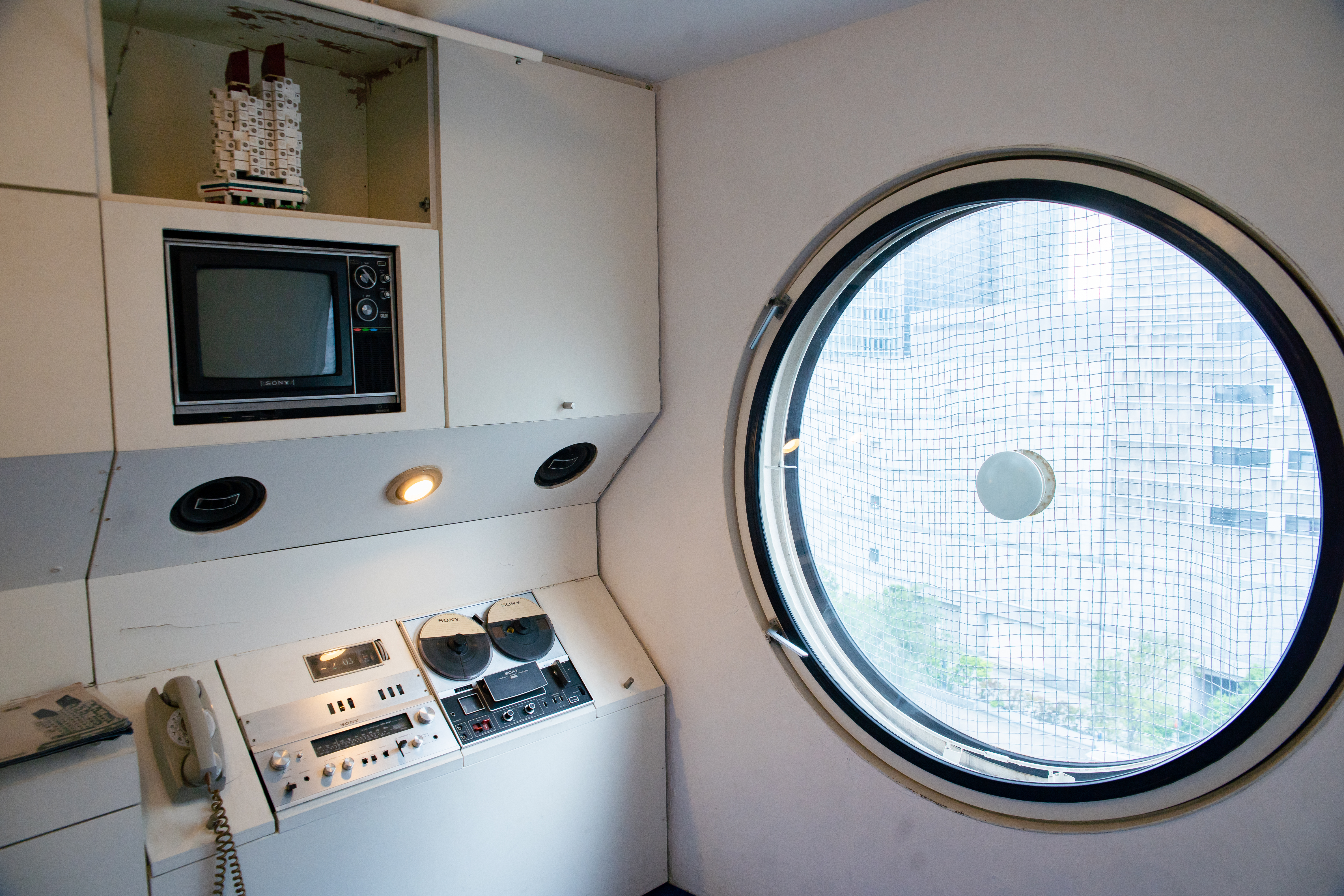
© Dick Thomas Johnson
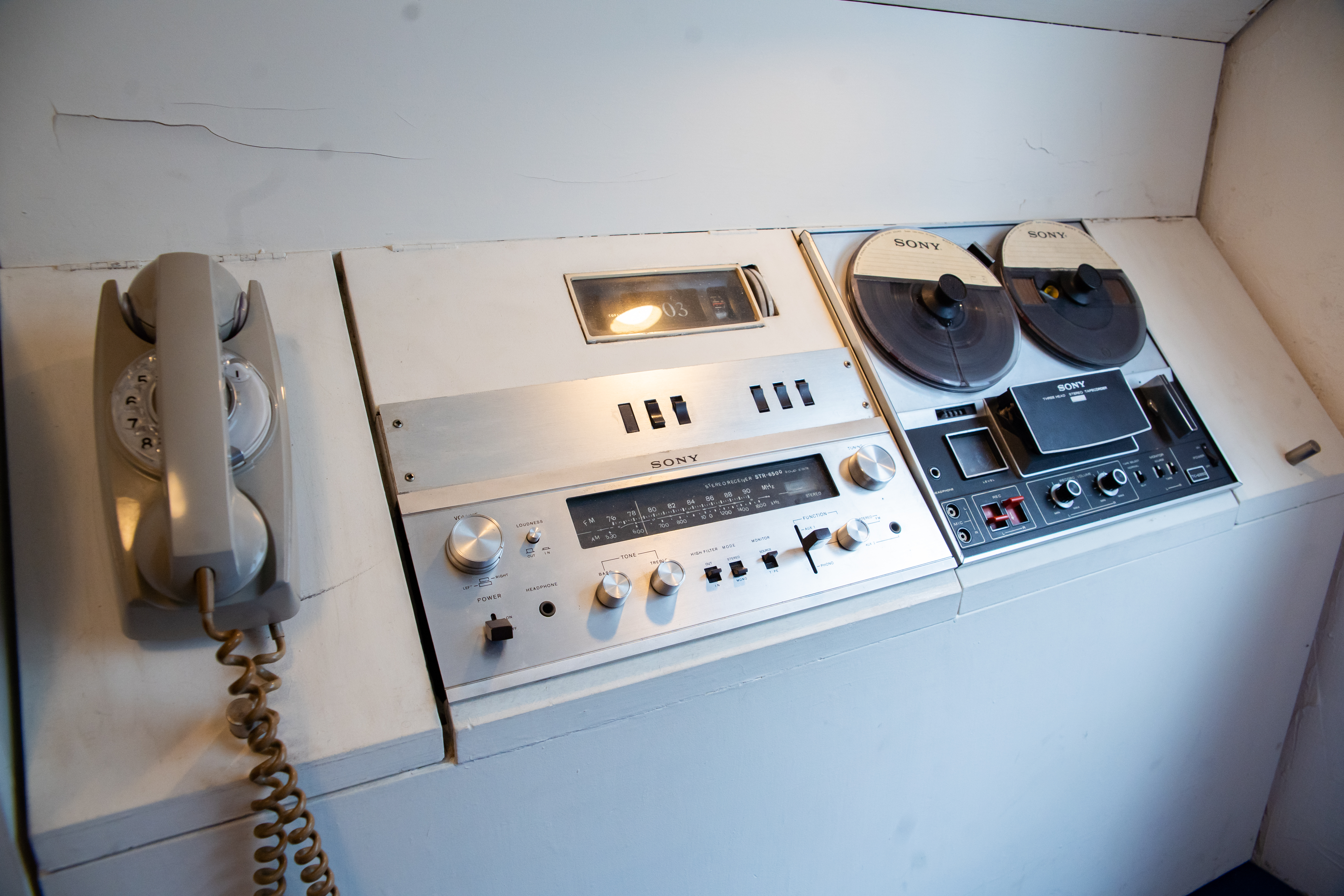
© Dick Thomas Johnson
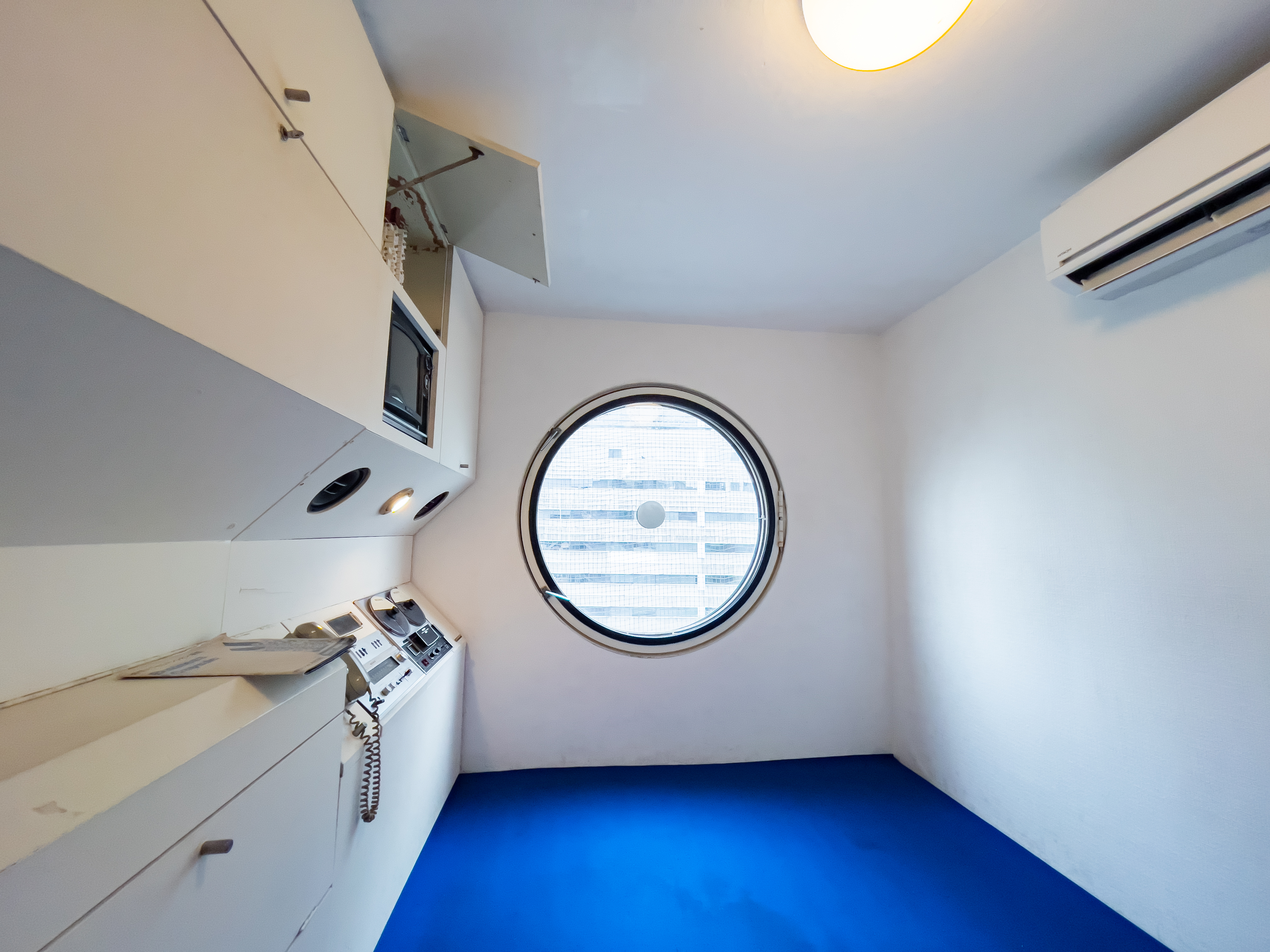
© Dick Thomas Johnson
TRENDING
-
Hiroshi Nagai's Sun-Drenched Pop Paintings, an Ode to California
Through his colourful pieces, the painter transports viewers to the west coast of America as it was in the 1950s.

-
The Tattoos that Marked the Criminals of the Edo Period
Traditional tattoos were strong signifiers; murderers had head tattoos, while theft might result in an arm tattoo.

-
David Bowie Dressed by Kansai Yamamoto
The English singer was strongly influenced by 'kabuki' theatre and charged the Japanese designer with creating his costumes in the 1970s.

-
Shirow Masamune and the Legacy of ‘Ghost in the Shell’
The first major exhibition sheds light on the elusive artist’s full body of work, from cyberpunk icons to lesser-known creations.

-
Paris, Tokyo: Robert Compagnon
With his co-chef and talented wife, Jessica Yang, Robert Compagnon opened one of the top new restaurants in Paris: Le Rigmarole.
 3:31
3:31




